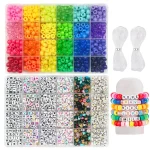Introduction
Many people wear sunglasses for style or comfort, but few realize their deeper biological benefits. One of the most important yet overlooked functions is how sunglasses prevent melanin production in sensitive areas like the eyes and surrounding skin. Melanin, the pigment responsible for skin color, increases when exposed to ultraviolet (UV) radiation. While this response aims to protect cells, excessive melanin can lead to dark spots, uneven tone, and long-term damage. UV rays trigger melanocytes—the cells that produce melanin—especially around the delicate eye area. By blocking these harmful rays, high-quality sunglasses reduce the signal that causes overproduction. Therefore, wearing sunglasses isn’t just about reducing glare; it’s a proactive step in maintaining healthy skin and preventing premature aging. In fact, consistent use can significantly lower the risk of hyperpigmentation and support overall facial health. Let’s explore the science behind this process and why choosing the right pair matters.
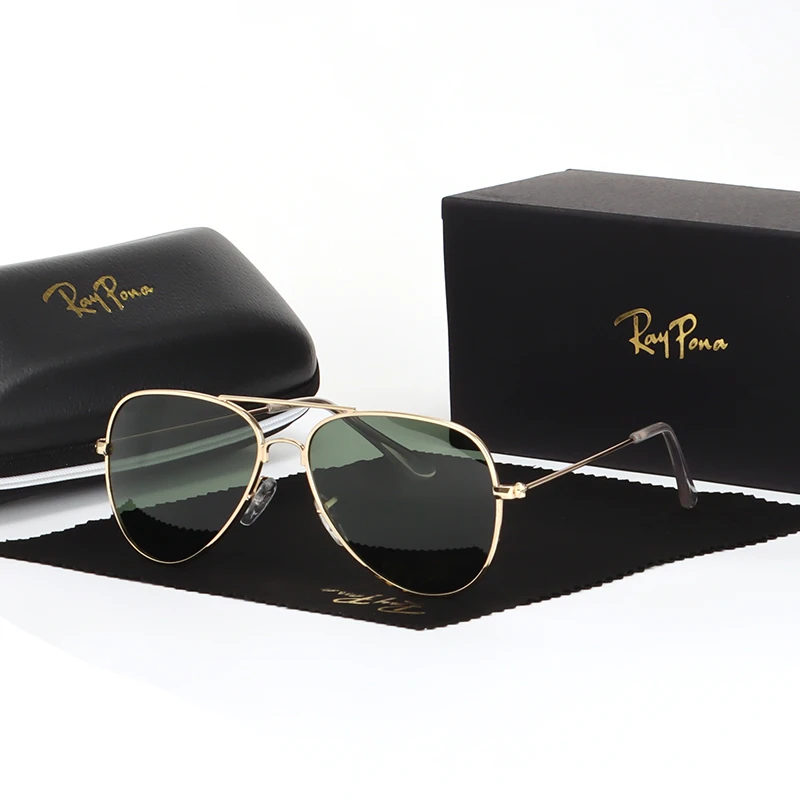 Understanding Melanin and Its Role in the Body
Understanding Melanin and Its Role in the Body
Melanin is a natural pigment found in the skin, hair, and eyes. It plays a crucial role in protecting tissues from the sun’s damaging effects. There are three main types: eumelanin (brown-black), pheomelanin (red-yellow), and neuromelanin (found in the brain). The amount and type of melanin determine your skin tone and how your body reacts to sunlight. When UV radiation reaches the skin, it damages DNA in epidermal cells. In response, melanocytes produce more melanin to absorb future UV exposure and shield deeper layers. This is what causes tanning. However, repeated stimulation leads to irregular pigment distribution. As a result, dark spots, melasma, or periorbital hyperpigmentation may develop. These changes are not only cosmetic concerns—they also indicate underlying stress on the skin.
Why the Eye Area Is Especially Vulnerable
The skin around the eyes is thinner and more sensitive than elsewhere on the face. It contains fewer oil glands and less collagen, making it prone to dryness and damage. Because of this, it responds quickly to environmental stressors like UV light. Sun exposure directly activates melanocytes in the periorbital region. Over time, this leads to increased pigmentation, often seen as dark circles or sun-induced patches. Additionally, people frequently neglect sunscreen application near the eyes due to stinging sensations. This gap in protection makes sunglasses even more essential. Since they cover a broad area, including under the brow and cheekbones, they act as a physical barrier. Thus, sunglasses prevent melanin production where it’s most likely to cause visible discoloration.
The Link Between Light Exposure and Pigment Activation
Not all light triggers melanin equally. Ultraviolet A (UVA) rays penetrate deeply into the dermis, affecting melanocyte activity over time. Unlike UVB, which causes sunburn, UVA works silently, accelerating aging and pigmentation without immediate signs. Blue light—from both the sun and digital screens—also contributes to oxidative stress in skin cells. Some studies suggest it may stimulate melanin production, especially in darker skin tones. Fortunately, many modern sunglasses block both UVA and blue light effectively. Polarized lenses with 100% UV protection stop these wavelengths before they reach vulnerable tissues. Hence, wearing sunglasses consistently helps maintain balanced melanin levels and prevents unnecessary darkening.
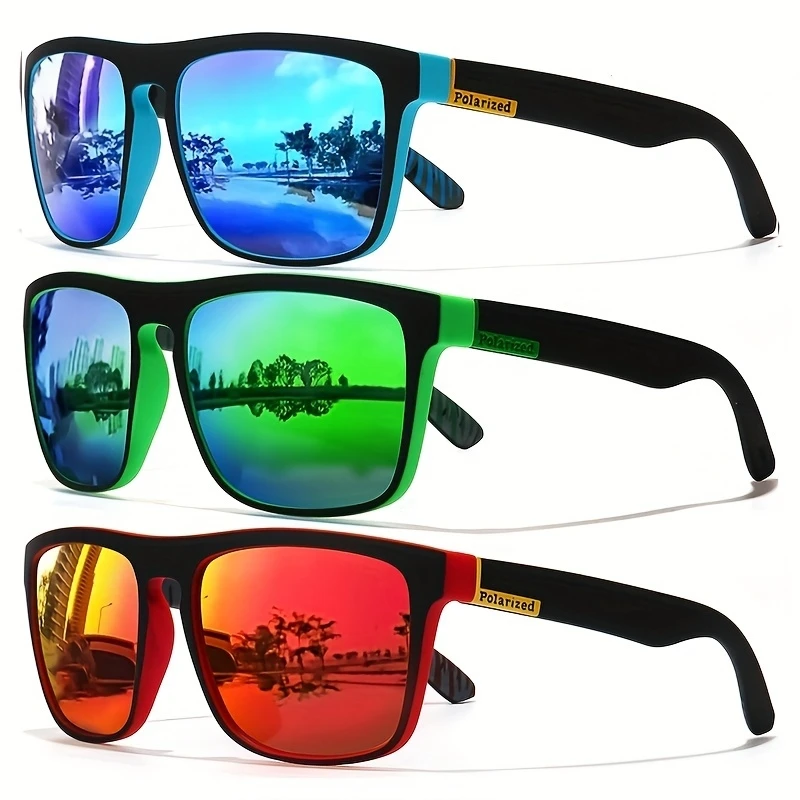 How Sunglasses Prevent Melanin Production Through UV Protection
How Sunglasses Prevent Melanin Production Through UV Protection
The primary way sunglasses prevent melanin production is by interrupting the initial trigger: UV radiation. Without this stimulus, melanocytes remain inactive, avoiding excess pigment release.
Blocking Harmful UV Rays Before They Reach the Skin
High-performance sunglasses are designed to filter out 99–100% of UVA and UVB rays. This level of protection stops photochemical reactions that lead to DNA damage and inflammation. When UV light hits unprotected skin, it generates free radicals. These unstable molecules disrupt cell function and activate signaling pathways that increase melanin synthesis. By creating a shield, sunglasses eliminate this cascade before it begins. Furthermore, wraparound styles extend coverage to the temples and sides of the face—areas often missed by sunscreen. As a result, they provide comprehensive defense against pigmentation triggers.
Reducing Reflexive Squinting and Secondary Damage
Bright sunlight causes people to squint instinctively. This repeated muscle contraction contributes to fine lines and crow’s feet. But beyond wrinkles, squinting exposes the lower eyelid and upper cheek to more direct sun. The motion pulls the skin taut, reducing its natural shadow protection. Consequently, more UV reaches the surface, increasing melanin production in those zones. Sunglasses with proper tint and fit minimize glare, allowing the eyes to stay relaxed. Less squinting means less mechanical stress and reduced sun exposure. Therefore, wearing sunglasses prevents melanin production not only through direct blocking but also by altering behavioral responses to light.
Supporting Long-Term Skin Tone Evenness
Consistent use of sunglasses contributes to uniform skin tone over time. Areas shielded by lenses show less pigmentation compared to exposed regions. For example, individuals who wear sunglasses daily often have lighter under-eye areas and fewer age spots on the cheeks. This effect becomes more noticeable with age, as cumulative sun exposure takes its toll. Moreover, preventing melanin buildup early reduces the need for corrective treatments later. Chemical peels, laser therapy, or brightening creams are less necessary when prevention is prioritized. In short, sunglasses serve as a first line of defense in maintaining youthful, even-toned skin.
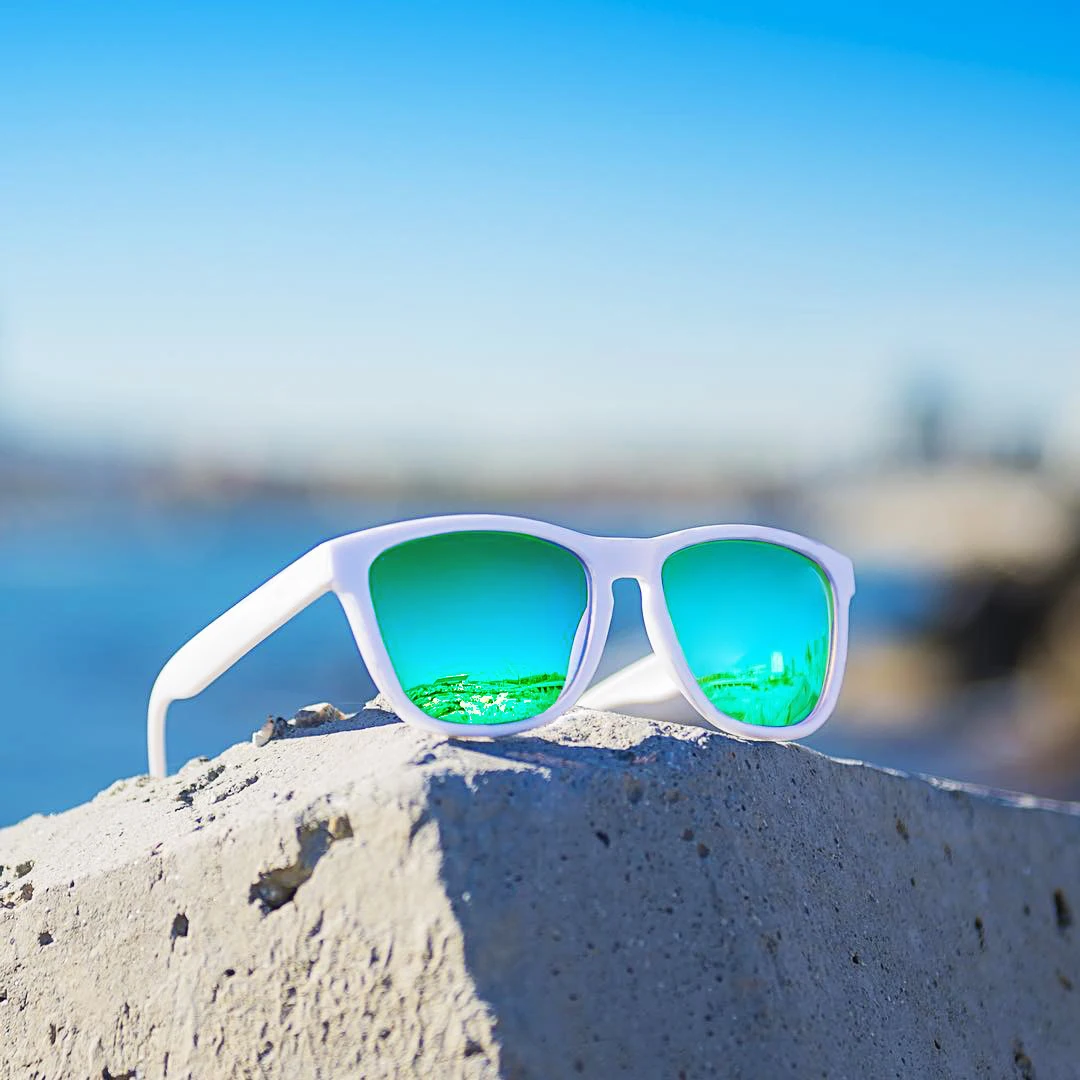 Choosing the Right Sunglasses for Maximum Protective Benefits
Choosing the Right Sunglasses for Maximum Protective Benefits
Not all sunglasses offer equal protection. To truly benefit from how sunglasses prevent melanin production, you must select the right features.
Look for 100% UV Protection Labeling
Always check for labels stating “100% UV protection” or “UV400.” These mean the lenses block all light up to 400 nanometers, covering both UVA and UVB. Tint darkness does not indicate UV filtering ability. A lightly tinted lens can offer full protection, while a very dark one might not. Therefore, never assume shade equals safety. Reputable brands clearly mark UV ratings on the frame or packaging. If unsure, ask an optician to test the lenses. Investing in certified protection ensures your skin and eyes receive real benefits.
Opt for Wraparound or Oversized Frames
Coverage matters just as much as lens quality. Wraparound styles extend around the sides of the face, blocking peripheral sunlight. This design prevents rays from entering at angles—a common issue with small or narrow frames. Oversized sunglasses provide similar advantages, shielding the temples and cheekbones. These areas are prone to sunspots and are often neglected during sunscreen application. By maximizing coverage, you enhance the effect of how sunglasses prevent melanin production across a broader zone.
Consider Lens Material and Coatings
Polycarbonate lenses are lightweight and naturally UV-resistant, making them ideal for everyday wear. Trivex and CR-39 are other durable options. Anti-reflective coatings reduce glare bouncing off the back of the lens, which can still reach the eye area. Polarized filters go further by eliminating horizontal glare from surfaces like water or roads. While polarization doesn’t add UV protection, it improves visual comfort and reduces squinting. Together, these features create a more effective barrier against pigmentation triggers.
Additional Health Benefits Beyond Melanin Control
While reducing melanin production is a key advantage, sunglasses offer several other protective effects.
Lower Risk of Cataracts and Macular Degeneration
Long-term UV exposure is linked to cataracts, a clouding of the eye’s lens. It also increases the risk of age-related macular degeneration (AMD), a leading cause of vision loss. By filtering harmful rays, sunglasses slow the progression of these conditions. Studies show that consistent use of UV-blocking eyewear can reduce cataract development by up to 40%. Hence, protecting your eyes goes far beyond cosmetic concerns—it supports lifelong vision health.
Prevention of Photokeratitis and Eye Fatigue
Photokeratitis, sometimes called “sunburn of the eye,” occurs after intense UV exposure. Symptoms include pain, redness, and temporary vision issues. It commonly affects skiers, beachgoers, and high-altitude workers. Quality sunglasses prevent this condition by absorbing UV before it reaches the cornea. Additionally, reduced glare minimizes eye strain during driving or outdoor activities. This comfort encourages longer, safer sun exposure without fatigue or discomfort.
Support for Sensitive Skin Conditions
People with melasma, post-inflammatory hyperpigmentation, or lupus are especially sensitive to light. For them, even brief sun exposure can worsen symptoms. Wearing sunglasses helps manage flare-ups by limiting UV activation of melanocytes. Dermatologists often recommend them as part of a complete sun protection plan, alongside hats and sunscreen. Therefore, sunglasses aren’t just accessories—they’re medical tools for managing skin health.
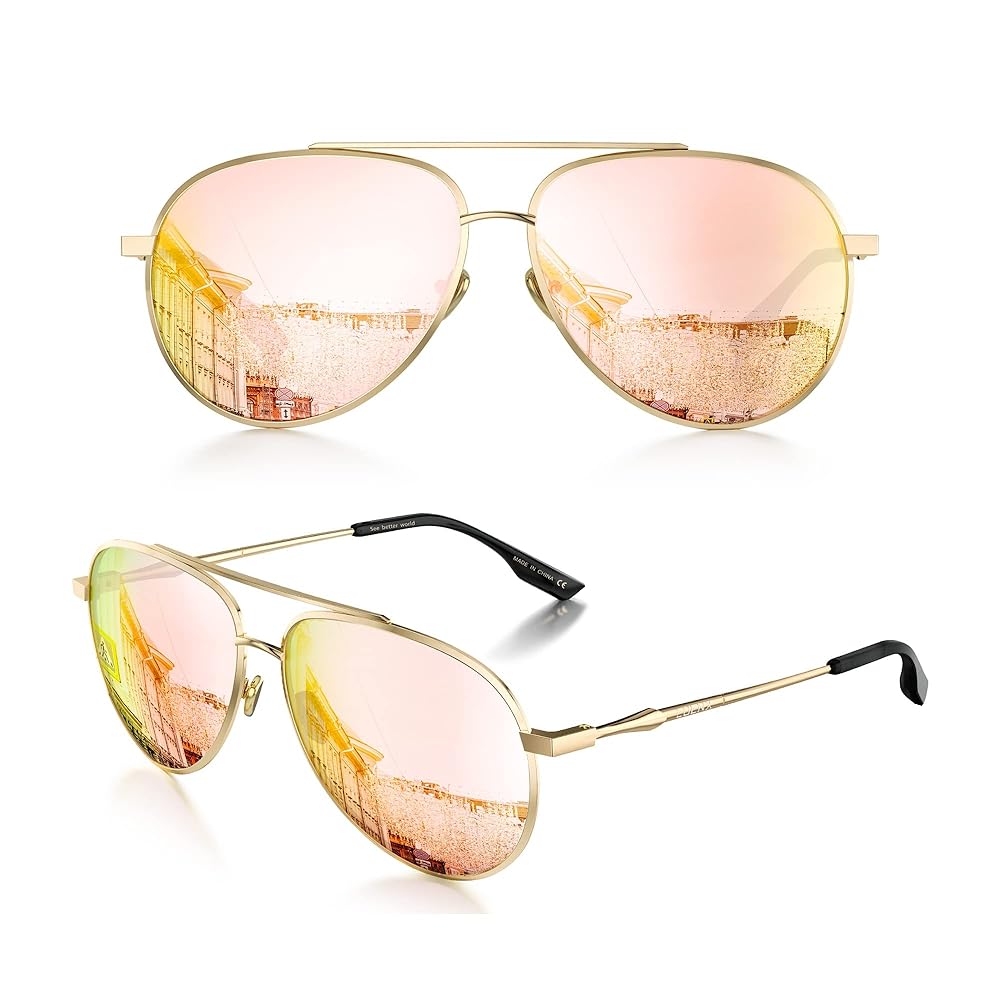 Frequently Asked Questions About Sunglasses and Melanin Production
Frequently Asked Questions About Sunglasses and Melanin Production
Here are answers to common questions about how sunglasses affect skin pigmentation.
Q: Can any sunglasses prevent melanin production?
A: Only those with full UV protection. Fashion glasses without UV filters won’t help and may even worsen exposure by dilating pupils.
Q: Do kids need sunglasses for melanin control?
A: Yes. Children’s skin is more sensitive. Early protection reduces lifetime pigmentation risks.
Q: Should I wear sunglasses on cloudy days?
A: Absolutely. Up to 80% of UV rays penetrate clouds. Daily wear maximizes preventive benefits.
Q: Can sunglasses replace sunscreen around the eyes?
A: No. Use both. Sunglasses reduce exposure, but sunscreen provides chemical defense on exposed skin.
Q: How often should I replace my sunglasses?
A: Every two years, or sooner if scratched. Worn coatings lose effectiveness over time.
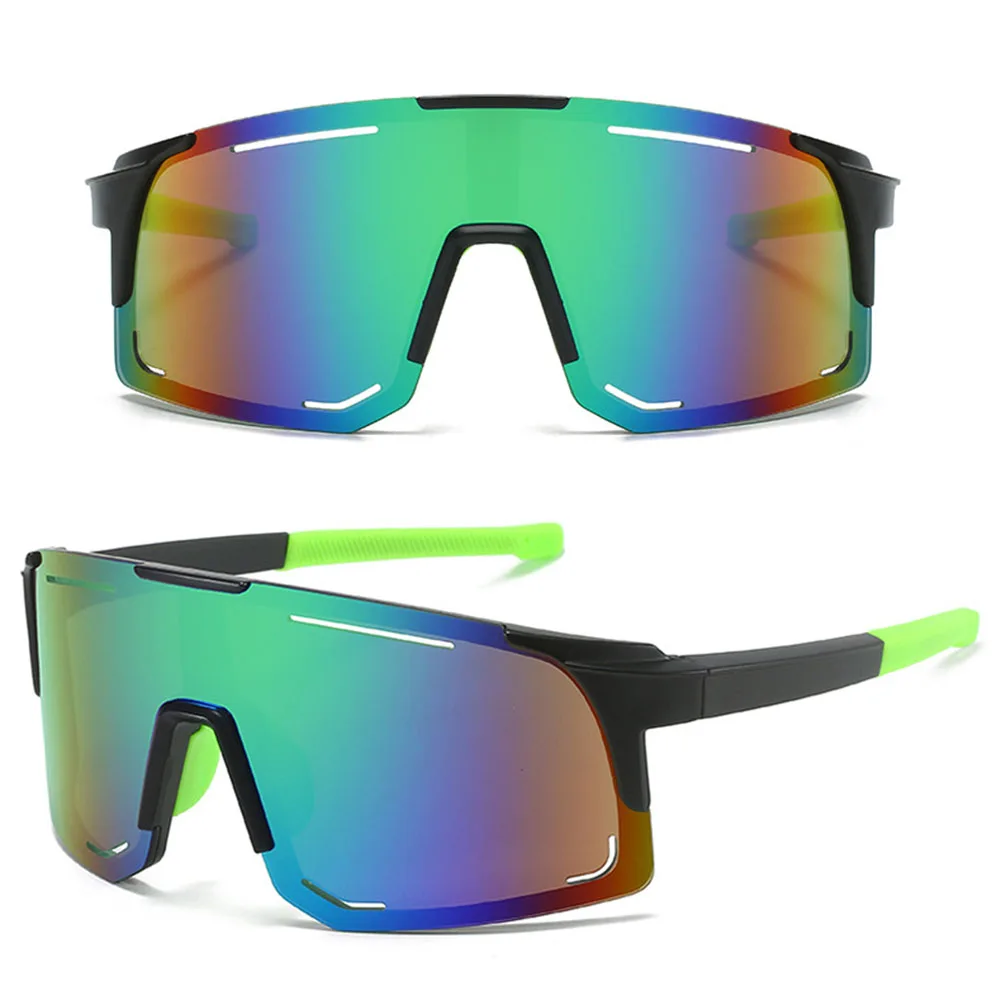 Final Thoughts: Why Sunglasses Prevent Melanin Production and Should Be Part of Your Daily Routine
Final Thoughts: Why Sunglasses Prevent Melanin Production and Should Be Part of Your Daily Routine
Understanding how sunglasses prevent melanin production reveals their true value beyond fashion or comfort. They play a critical role in protecting delicate facial skin and maintaining even tone. By blocking UV rays, reducing squinting, and covering vulnerable areas, they interrupt the chain reaction that leads to unwanted pigmentation. Moreover, their benefits extend to eye health, lowering risks of serious conditions like cataracts and macular degeneration. With so much at stake, choosing high-quality, well-fitting sunglasses is a simple yet powerful act of self-care. Whether you’re walking to work, driving, or enjoying a day outdoors, make it a habit to wear them. In doing so, you take control of your skin’s health and preserve your appearance for years to come. And as awareness grows, one truth becomes clear: sunglasses prevent melanin production in ways that matter—every single day.
